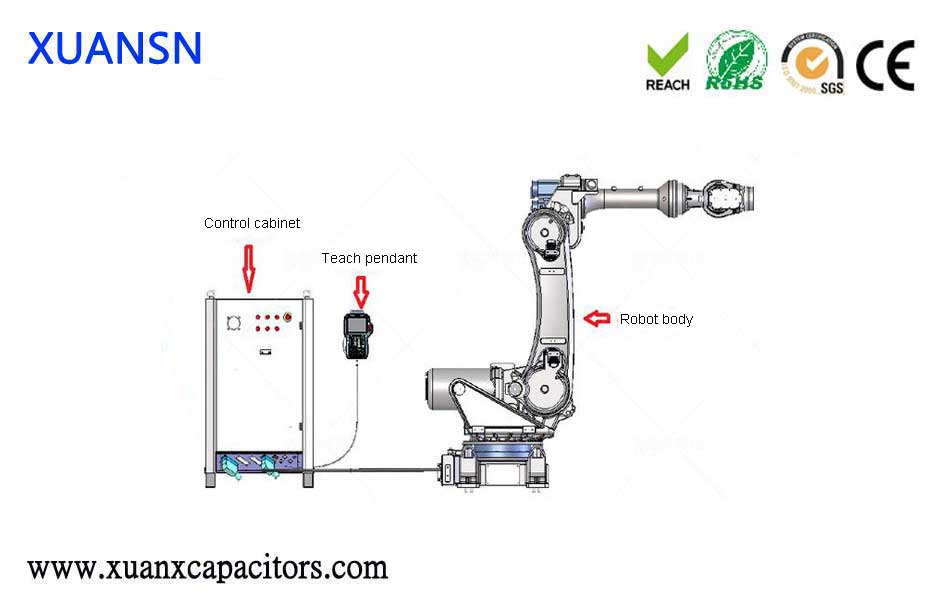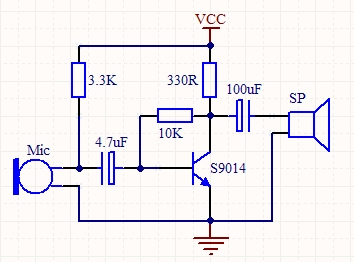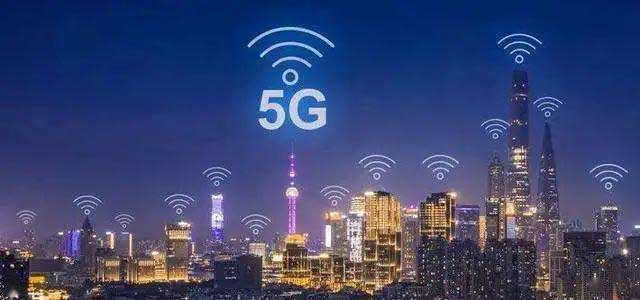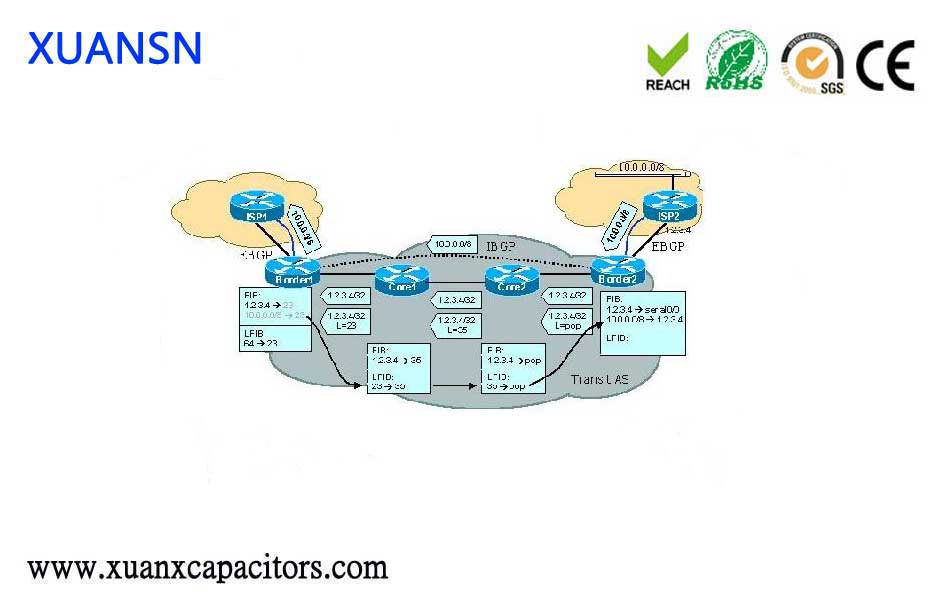Yutong, the leader of intelligent driving bus, further provides 5G smart travel solutions. Intelligent driving bus can “communicate” with traffic lights, and the average operating speed is doubled.
On the afternoon of September 8, a cool black and red bus departed from the bus stop near the intersection of Zhongyi Road and North Third Ring Road, Zhengdong New District, Zhengzhou City, Henan Province, China. This is Autopilot Bus No. 1. Line, this bus is Yutong’s 5G smart driving bus.
From the outside, this smart-driving bus is no different from the “Black King Kong” model that is normally operated in Zhengzhou city, but there is something different inside. Different from ordinary buses, although there is a staff member (safety officer) in the driving seat of this bus, his arms are crossed in front of his chest and he has no contact with the steering wheel, his eyes are fixed on the road ahead, ready to deal with Unexpected situation. On the two display screens on the top of the carriage, information such as the road conditions ahead, real-time vehicle speed, remaining power, and cruising range are all available. If there are obstacles such as pedestrians and vehicles ahead, the display on the right will also display it in real time. In addition to automatic driving, vehicles can also realize functions such as automatic parking and automatic charging in the bus station. “Smart cars, smart roads, unmanned stations, automatic charging and other functions have now been realized.” said Li Gaopeng, director of China Yutong Group’s New Energy Research Institute.
During the test ride in the afternoon of September 8, when the vehicle reached a traffic light intersection, the bus system sensed that there were 11 seconds left before the traffic light. “Passing time may not be enough, the bus will communicate with the traffic lights.” The staff inside the compartment said. Subsequently, the words “Bus priority access, green light extended by 4 seconds” appeared below the display screen, and the bus passed the traffic light intersection smoothly. It is understood that this function has increased the traffic efficiency of the autonomous driving line 1 intersection from 47% to 79%, the average waiting time for traffic lights has been shortened from 17S to 2S, and the average operating speed has doubled.




